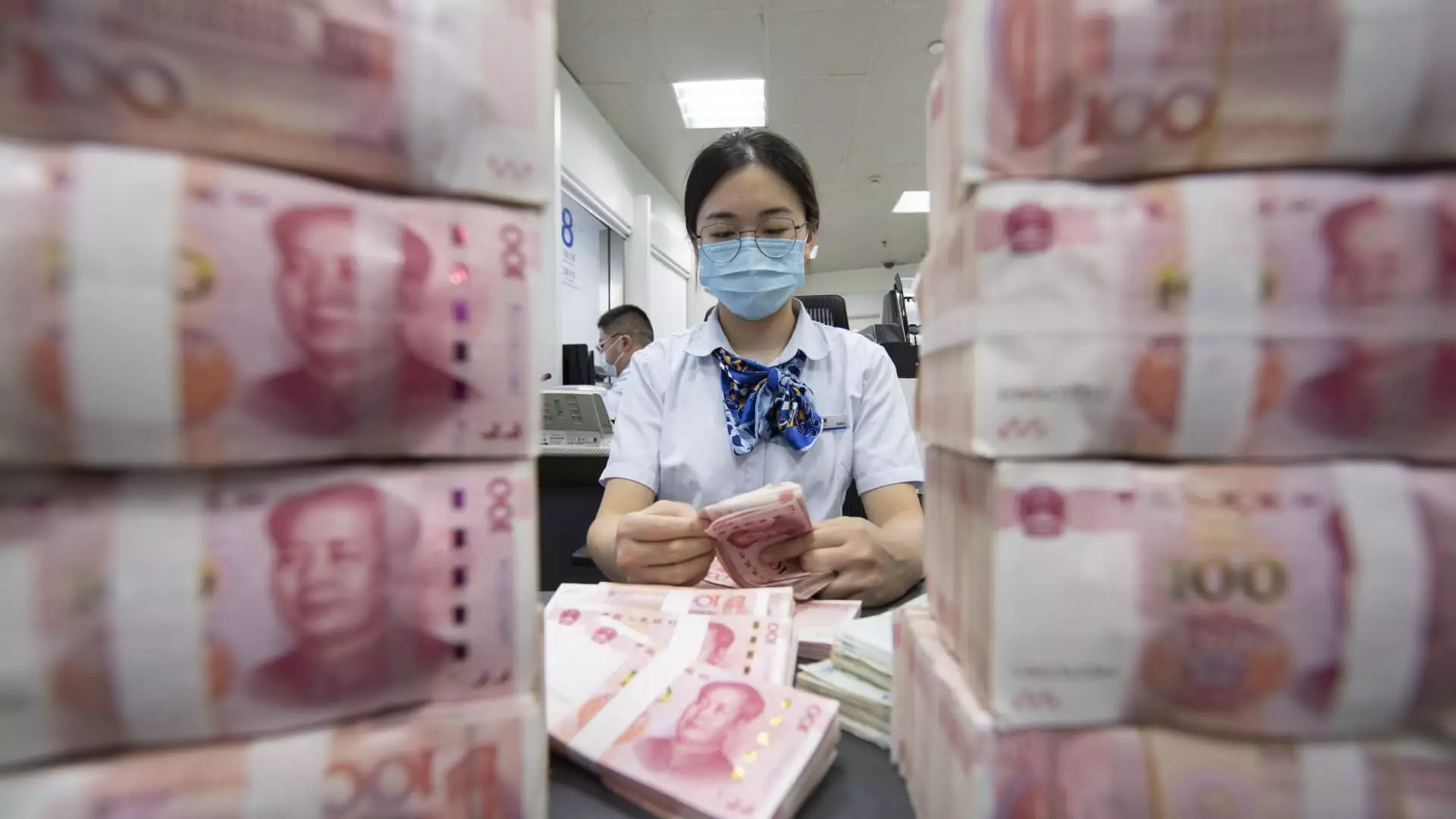Over the last decade, the global elite has experienced an unprecedented transformation, characterized by a significant increase in the number of centimillionaires—individuals with investable assets amounting to $100 million or more. Recent findings released by New World Wealth and investment migration strategist Henley & Partners reveal that this affluent demographic has expanded by 54% globally, culminating in a total of 29,350 centimillionaires. The report highlights a notable concentration of wealth in Asia and the United States, particularly within the booming economies of China and its Western counterpart.
China’s journey toward wealth accumulation is most noteworthy. The nation witnessed a dramatic surge of 108% in its centimillionaire population over the past decade, dwarfing the robust growth of 81% observed in the United States. This meteoric rise can be attributed primarily to advancements in technology and the emergence of powerful industrial magnates. Presently, China is home to approximately 2,350 centimillionaires. However, as growth slows due to various economic challenges—including a struggling property sector and stagnant consumption rates—the wealth creation trajectory may face headwinds.
In contrast, the United States maintains its position as a wealth powerhouse, where cities such as New York, San Francisco, and Los Angeles continue to nurture environments conducive to the proliferation of wealth. Though different in nature, both nations are indicative of a broader trend toward wealth concentration in varied sectors, primarily tech and industrial industries.
According to analysts, the upcoming U.S. presidential elections could serve as a pivotal factor affecting both existing and future growth trajectories for centimillionaires. Each candidate’s fiscal and economic policies could shape the wealth landscape significantly. David Young, president of the Committee for Economic Development at The Conference Board, emphasized that shifts in governance will directly influence migration patterns among the wealthy, which could alter the global landscape for high-net-worth individuals.
Looking ahead, specific cities in Asia and the Middle East are poised for substantial growth in their centimillionaire counts. The metropolitan areas of Hangzhou and Shenzhen, for example, are forecasted to experience exceptional growth, with population surges expected to exceed 150% by 2040. Their economic muscle is manifested in their year-on-year GDP growth, which surpasses the national average. Such urban centers exemplify the continual evolution in the geography of wealth.
Interestingly, the report also reveals a stark contrast between emerging and established wealth hubs. While cities in Asia and the Middle East surge ahead with growth predictions reaching 150%, traditional hubs like Zurich and Chicago are expected to stagnate, registering less than 50% growth by 2040. This uneven distribution of wealth accumulation suggests a fundamental shift in global economic power, with emerging markets gaining traction while European nations grapple with slow growth.
Despite the overall sluggishness in major European markets such as Germany and the United Kingdom, smaller nations like Malta and Monaco have managed to buck the trend, showcasing a 75% or more increase in their affluent demographics. These deviations speak to the nuanced dynamics of wealth distribution and the varying appeal of different jurisdictions in attracting high-net-worth individuals.
As the wealth gap widens and the population of centimillionaires surges, the implications for social equity and economic policy become increasingly pronounced. The phenomenon raises pressing questions surrounding the sustainability of rapid wealth concentration and its consequences for consumer behavior and societal structures. Policymakers in both the U.S. and China must adapt to the changing landscape, striving to create environments that foster equitable growth while maintaining the appeal for ultra-wealthy individuals.
The past ten years have encapsulated significant alterations in the global wealth distribution landscape. With the promise of even further transformations on the horizon, understanding the drivers behind this influx of centimillionaires remains essential for foreseeing how the global economy will evolve in the coming decades. The question remains—how will nations adapt to these changes to ensure stable, balanced progression in an increasingly polarized world?

